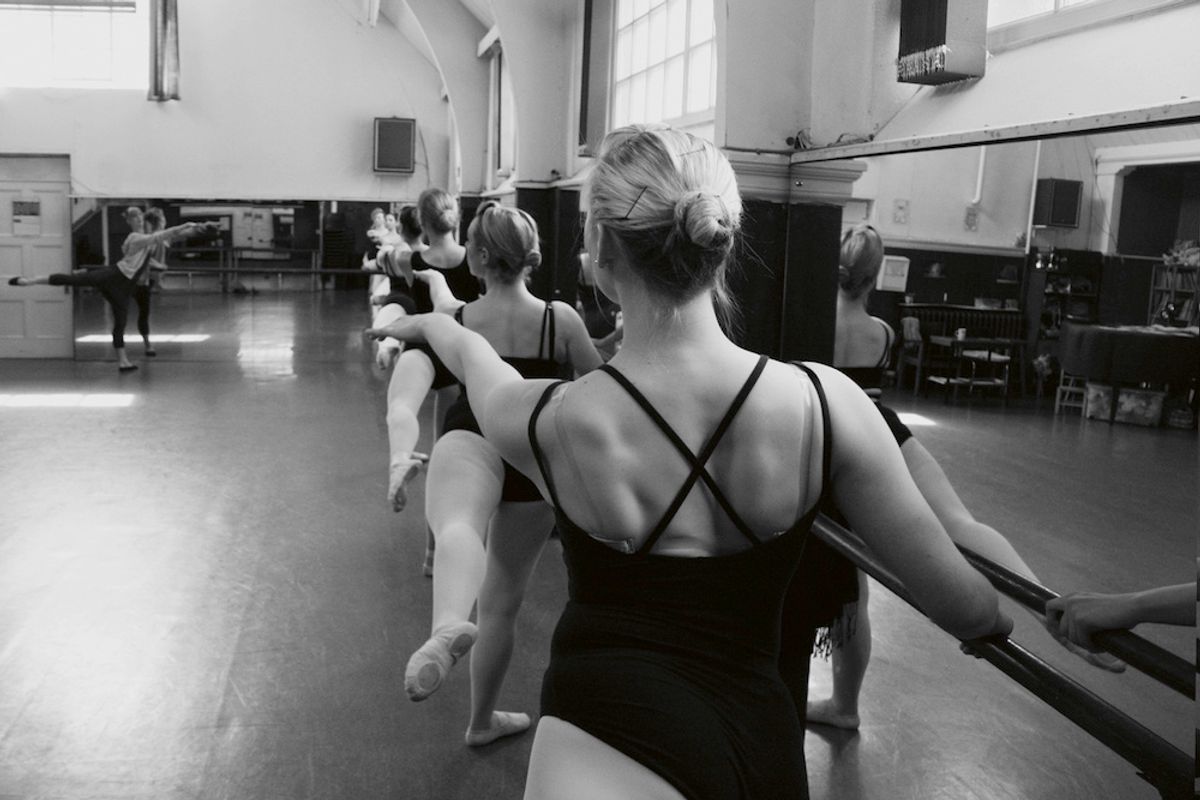
James Payne, director of The School of Pennsylvania Ballet, starts class each day by asking students how they feel. “If they’re collectively hurting, and I know that the day before they were working hard on something new, I might lessen the intensity of the class,” he says. “I won’t slow it down, though. Sometimes it’s better to move through the aches and get to the other side.”
A productive class depends, in part, on how well it is paced. If you move too slow, you risk losing students’ interest and creating unwanted heaviness. Move too fast and dancers might not fully benefit from combinations or get sufficiently warm, increasing their risk of injury. But even these guidelines may differ depending on the students’ age and level. Good pacing is a delicate balance that can facilitate mental and physical growth, but it requires good planning, close observation and the ability to adapt mid-class.
Be Prepared
Planning your class in advance will limit unnecessary pauses, like reading your notes or taking time to think of new combinations. “Class needs to be well-choreographed,” says Tanya Chianese, artistic director of ka.nei.see | collective and freelance teacher in the San Francisco Bay Area. “I like to keep class the same for two weeks. The first week I’ll throw material at them and only show exercises once or twice. The second week we’ll spend more time talking about what specific muscles are doing, since they already know the combinations.”
The right music selections can help foster the pace of a class and facilitate a certain tempo or feeling. “Have a good relationship with your pianist and be able to say ‘No, that’s not what I want,'” says Payne. “But a pianist is a luxury. There are many discs out there, and you should listen to them beforehand so you don’t have to fiddle with the music and lose the flow of the class.”
With recorded music, it helps to make the playlist before class. If you use online streaming, you may have internet connection problems that can cause disruptions. “I always arrive early and make sure my laptop is on and ready to go,” says Chianese. “The music should be downloaded and in order. It saves so much time!”
Use Your Instincts
Even with a good lesson plan, things might change. “When you see signs that class is too fast or too slow, you have to change your approach,” says Maria Torija, director of BalletMet Dance Academy. If students are not picking up the steps, and they’re rushing through exercises without being able to point their feet or fully stretch their lines, class might be too fast. If class is too slow, you might find students daydreaming and getting cold muscles.
Torija warns against talking too much in between combinations. “Find a way to say things without giving a long speech, or the dancers will get bored,” she says. Instead, you can engage students in ways appropriate to their age and level. Ask young students questions, so that they can raise their hands and participate verbally. For advanced students, articulate the goal for center practice so they know what they’re working toward that day.
Chianese engages students by asking them to reverse things on their own, without her help. “We all have students who are introverted, scared or embarrassed,” she says. “The expectation in this practice is that no one will judge them.” While she challenges students with these kinds of intellectual exercises, Chianese does not encourage questions during class unless they relate to technique or body mechanics. “Questions about combinations will slow the pace and can be a disservice to other students who need to figure out the material for themselves.”
Read the Room
Different classes need different pacing. “With the young ones, you have to work slower to build muscles and place them, so the tempos are much slower. But you cannot teach an adult or advanced student the same way, because the muscles will get too big and feel too heavy.” Instead, adults may just want to feel their bodies moving through space and not stop for lengthy, detailed clarifications.
The key to creating a well-paced class is to be able to read the room. “Be willing to let go of your plan and make changes,” says Chianese. “Good pacing will maintain the students’ interest and take care of their bodies. It’s part of training students with skills that they’ll use the rest of their life.”




